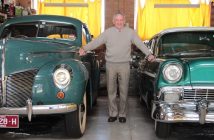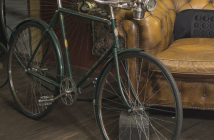A collection of light globes may not be considered entirely glamorous, but its importance for future generations should not be underestimated. And for one man, it has been a constant passion through a life that has often been difficult. Jonathan Green explains.
It’s very easy to take the humble light globe for granted. The sheer fact that I’ve called it ‘humble’ is probably an indication of how much we can take them for granted.
Sure, there are times when you can look at a beautiful light installation, or marvel at how artificial lighting has brought out a particular feature, but that is really focusing on the luminescence, not the physical globe.
Yet if you were to ask any scientist for their top 10 most important inventions, you can guarantee that every single one will have a place for the light globe. Let’s be honest; each individual light globe throughout history is an extraordinary piece of scientific development.
For some people, the development, research and scientific capability that go into each globe is truly appreciated. Andrew Pullen is one such person and, furthermore, he collects them. Over 10,000 light globes if you want to be a little more specific.
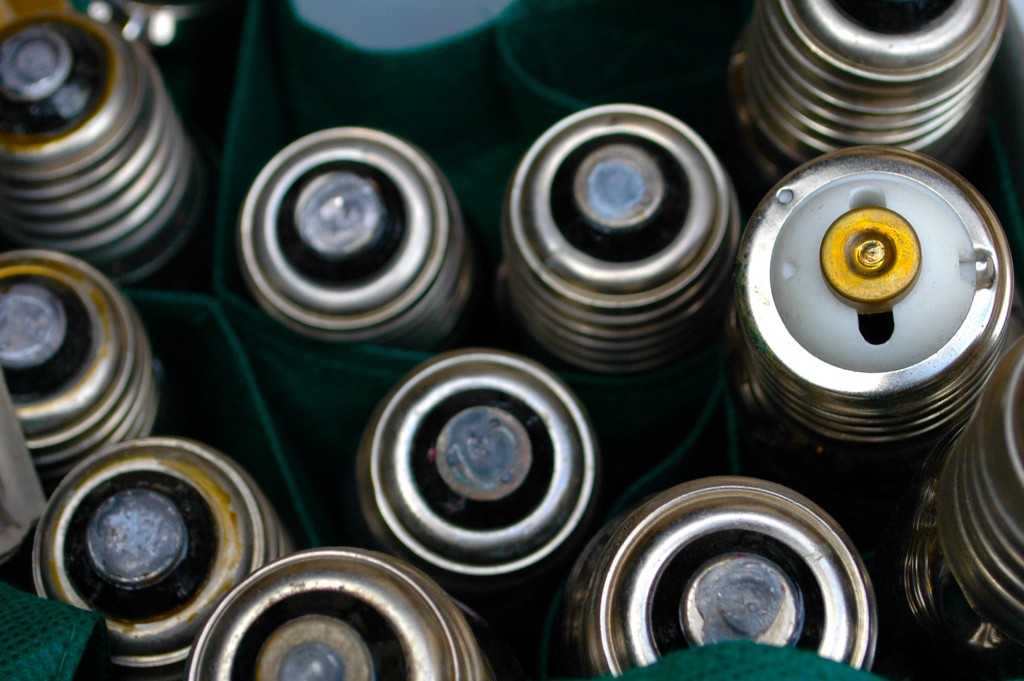
Andrew has a brilliant mind. He can pull apart nearly any globe – both in theory and physically – and reassemble it. Within moments of picking up a globe, he can not only identify what it is and where it was manufactured, but how it works and why it is better or worse than its predecessor. He can even draw circuit diagrams directly from pieces of electrical equipment and lever the skill to trace faults in failed units that nobody else has been able to uncover.
He has been fascinated with light globes since the age of four when he used to keep them in a small box under his bed.
“I distinctly recall seeing a pair of neon red SOI/H 140W low pressure sodium lamps, installed over a zebra crossing on Cambridge Road starting up when we went under them on the way to the shops, and later, on the way home seeing that they were a much more intense (sodium) orange,” he explains.
“Later I noticed how the fluorescent tube in the old kitchen flashed at turn-on, but none of the other lamps in the house did this. I wanted to know why, but nobody could tell me or even seemed to care. It was the desire to understand why the low pressure sodium lamps in Cambridge Road went from red to orange and why the fluoro blinked at turn-on which led to the ultimate understanding of how they did all this.
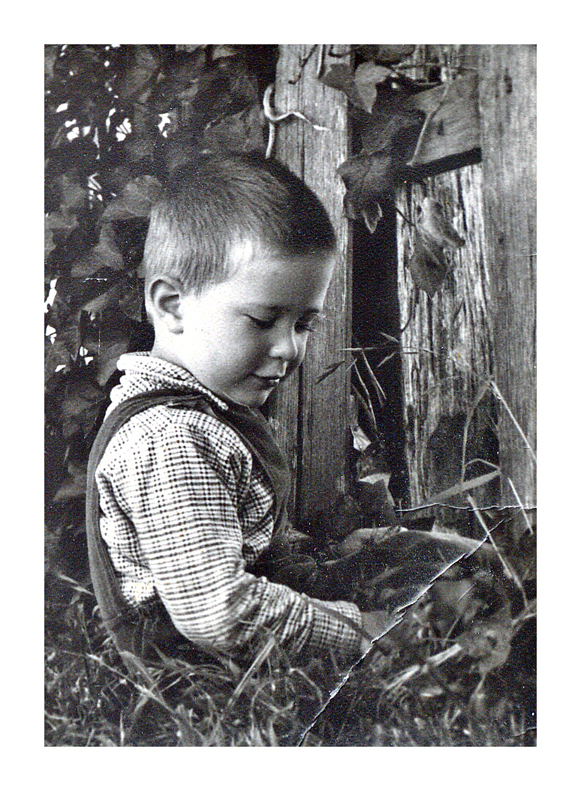
“Seeking the answers to these questions was a life-long journey of collecting and studying which led to the answering of many more similar questions, but more importantly, the asking of more questions.”
The vast majority of Andrew’s collection is stored in a shipping container in the backyard, while the front of his house has a room dedicated more generally to his interests. To the untrained eye that room may look a little disorganised (only Andrew can admit if that is true), but he can find anything within a matter of seconds – even if it’s in a box, under two boxes, under a sheet, under a table…
There are globes all over the place – some wrapped up, others lying out in the open – there are countless pieces of electronic equipment and regulators, computer parts and miscellaneous devices to work on or to adapt anything. It may appear that very little has a place, but everything has a purpose. If your work station is meant to be a reflection of your mind… then Andrew has a lot going on.
At the time I went to visit, Andrew had over 10,500 globes in the collection, however he says that is currently expanding at almost one a day, with one “significant or valuable” globe added every month. The source of these globes has varied through the different phases of his life.
“At the earliest times, much of my collection came from my parents or my parents’ family and friends,” he says. “Later, school became an increasing source of lamps. From 1975 to 1983 I went ‘globe hunting’ nearly every Friday after school, stopping in at car yards, electrical wholesalers, lighting shops, television studios, major businesses, government departments, local retailers, public facilities, universities and more.”
He still takes trips out to those places but also now has the world of the internet and specialised blogs to expand his reach around the world – often through trading and swapping with other enthusiasts.
Clearly, collecting globes has featured throughout Andrew’s entire life; it has been a constant in a sometimes difficult childhood and self-professed frustrating adulthood.
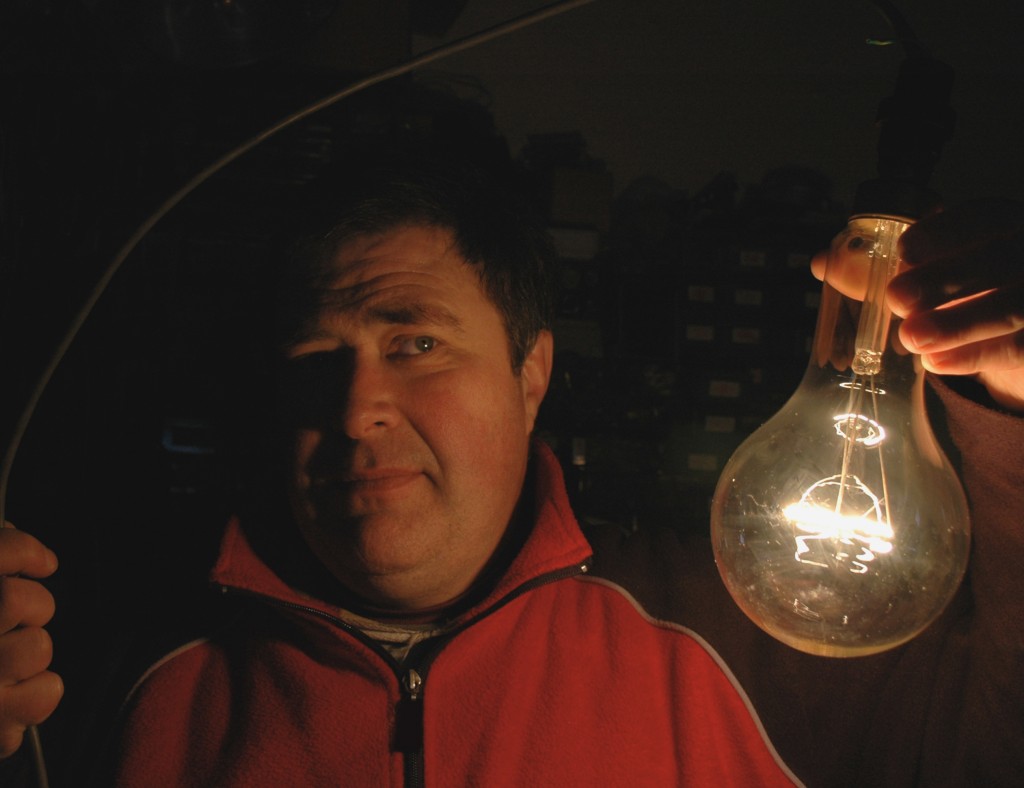
Andrew suffers from Asperger’s Syndrome, an autism disorder that manifests with significant difficulties in social interaction. The life of an autistic boy growing up in the 1960s in Hobart is something that many of us would prefer not to think about. While there is now a greater understanding of Asperger’s, with programs and methods to help everyone involved, most cases were not recognised 40 years ago and children could be treated appallingly – the likes of which we hope will not be seen again. Andrew was one such child, and though it clearly affected him, he shows little signs of residual anger and talks about those times with brutal honesty.
“Because of the Asperger’s, the bullies at school used to give me a hard time and I found the best way to deal with it was avoidance. I remember specifically how the edge of our class came up to about a 45 degree angle with the edge of the neighbouring property, so there was a triangular wedge of grass in the middle. It must have been difficult for the groundskeeper to get into that wedge so the grass got quite high and I worked out that if I could sneak out of class quickly at lunch I could hide in that long grass and no one would find me. Then I had to wait for the bell to come back into class and time it so the bullies had all gone, but not so long that I got in too much trouble with the teachers. But I’d always choose to take it from the adults, because they tempered their violence to some extent, while the bullies just gave their all.”
Like many people with Asperger’s Syndrome, Andrew has difficulty following what is considered ‘normal social skills’ – something he is acutely aware of. It has made it virtually impossible to hold down a traditional job.
“I know that I can get carried away with things or get focused on something very specific and lose sight of other things around me,” says Andrew. “It’s not something I can really control, and most times I don’t know I’m doing it until after – but it does happen.”
The tragedy, is that behind the brilliant mind and scattered approach, is a genuine desire to contribute to his community – something that he has found incredibly difficult to do in a traditional societal approach.
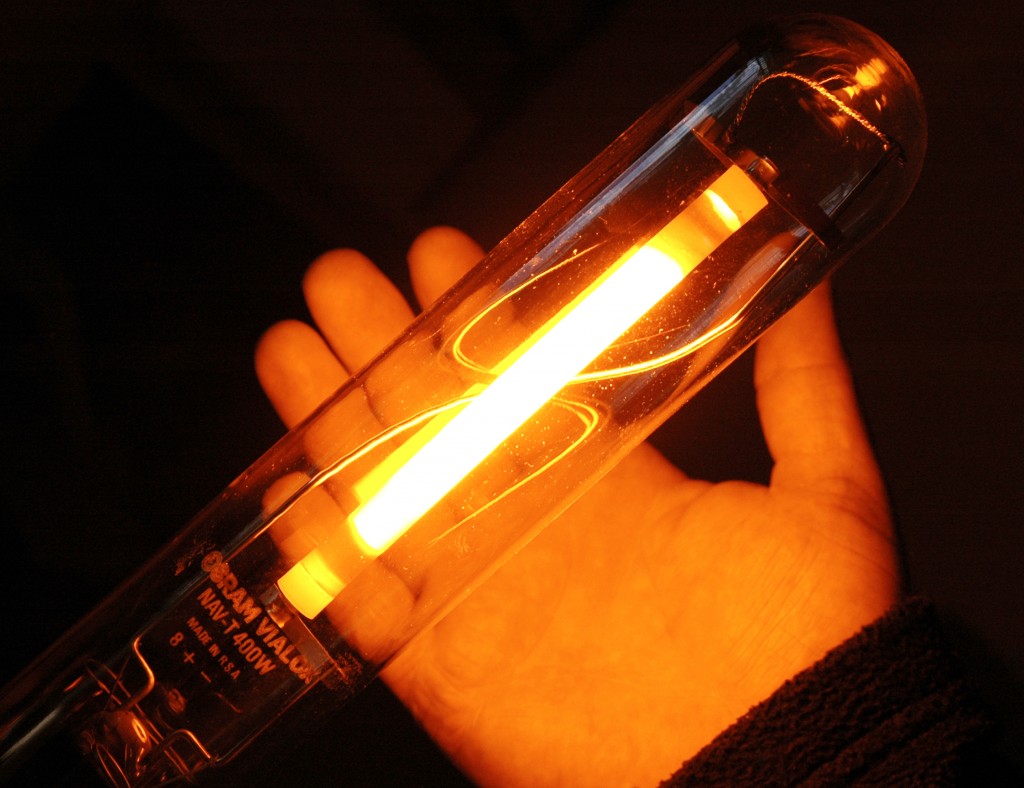
“I know I’ve got the skills, but this world is so over-bureaucratised… I feel guilt that I ‘waste’ taxpayer’s money in the pension I receive but when you see how public money is wasted hand over fist without thought, then I feel partially vindicated that they are indirectly paying for me to be a repository of knowledge.
“In actual fact, my skills are quite extensive and I can do most jobs that tradies do – they wouldn’t have to train me much either, just bring me up to speed with the current regulations.
“To be completely honest, I feel like I’m rotting in a corner. You hear these bureaucrats complain that they don’t have skilled workers, but there are plenty sitting under their noses; they just look straight through them.
“There are people who have a piece of paper that says they can work, but a lot of them don’t actually understand what they are doing. The apprenticeships teach them how to follow regulations, rather than learning how it works so they can use that to problem solve.
“That worries me, because essentially it is the engineer who writes the regulation who does all the thinking, and at some point you are going to encounter a situation that the regulations don’t cover, or that the ‘usual process’ doesn’t actually apply – and these ‘skilled workers’ won’t actually know what to do.
“I like to understand how things work rather than just accepting that they do. I think it’s a tragedy that the answer to everything nowadays is simply to throw something out and buy a replacement. Very few people know how to repair things anymore.”
To hear Andrew explain what each globe is and how it works is both infectious and inspiring. He is a university-qualified scientist, and this theoretical knowledge, along with his inquisitive mind and natural brilliance, is a remarkable combination.
He can look at any globe – unannounced – and tell you what type it is, where it was manufactured, the time frame in which it was made, and any peculiar traits or features.
I was asked if I could deliver a parcel of globes to Andrew on my visit. He opened the box and immediately highlighted the unevenness of the phosphorous coating from the very first piece – thereby concluding that it was made in a factory that perhaps didn’t have the best standards, “unlike a true British-made lamp of the same time”.
Equally, that same box also contained a series of lamps stamped with the letters RSA – the Republic of South Africa. The origin of a globe is an important consideration for any collector, but with Andrew there is also a social interest in understanding where it was made.
“If I find a lamp I like to know exactly where it came from and mark it on a map. And if there’s no longer a factory there, then I at least like to be able to mark where that factory once was.
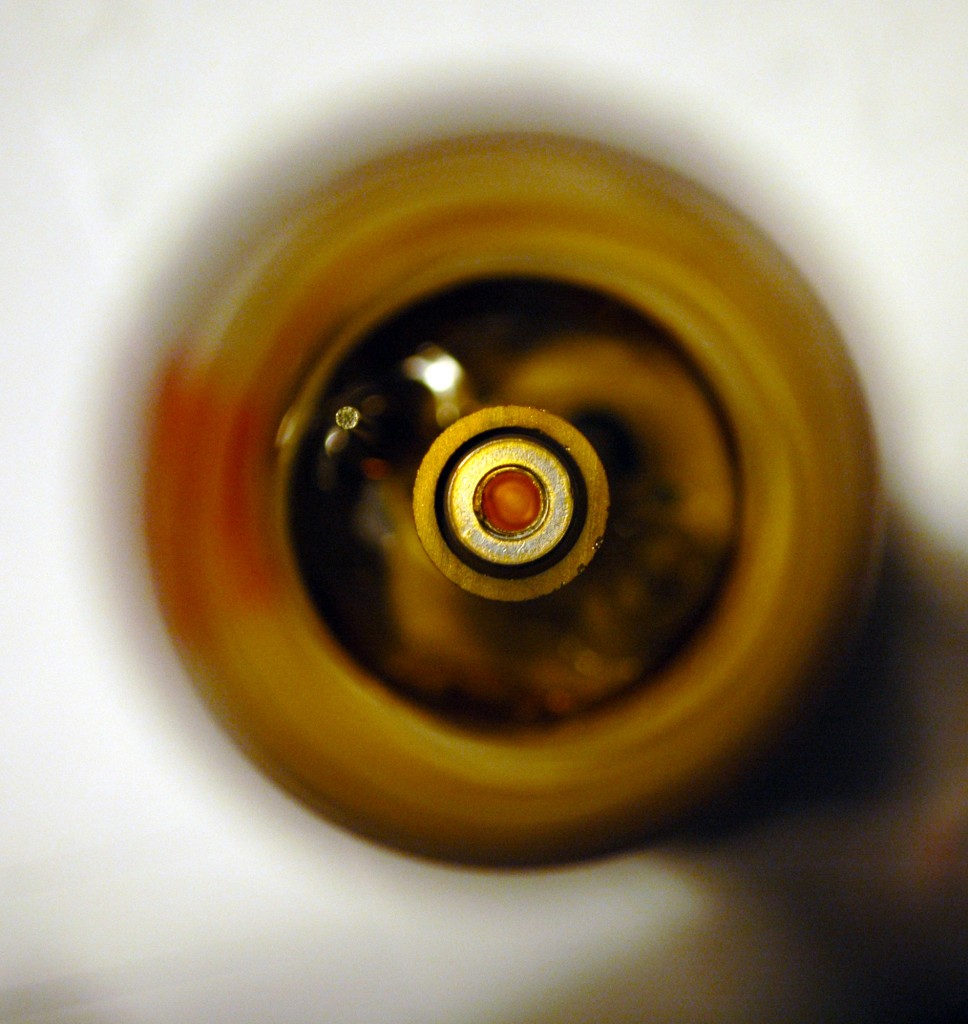
“The origin has always been important to me, but the South African lamps are particularly interesting. It never occurred to me until recently that any would have come from the continent of Africa. There has been so much war, famine and political instability in the area that I never thought they would manufacture such a delicate product.
“I can look at this globe and it can tell me that a country that was going through massive volatility for almost 30 years was still able to make a high-tech product that we were never able to produce in Australia.”
Given the extensive size of the collection, Andrew has set about cataloguing his globes, creating a scientific database of properties and information for future generations.
“When the collection was under 2,000 lamps I could remember them all off the top of my head, but there obviously came a point when I needed to start documenting them. Now that I’ve got more than 10,000 it’s become a necessity to catalogue them.”
The database will also ultimately allow Andrew to ‘showcase’ his collection to others.
“Would I like to have them out on display? Yes, there is a desire, but no means. As an ‘Aspie’ on a pension, living in a house which is not mine where I could be chucked into the street at any time, I can barely control the destiny of me and my wife, let alone that of my collection! My ultimate future is quite dark, but that does not mean that I can’t dream.
“On a brighter and more immediate note though, I am seeking and working towards placing my collection in cyber space as James Hooker, a British collector, has done. The internet has provided us with an avenue for ‘display’ which was not heard of two decades ago; but nothing beats actually getting one’s hands on the real, tangible lamps!”
While Andrew clearly enjoys the scientific basis of his collection, the light globes also open a pathway for him to interact with people from around the world and demonstrate his immense ability – all while contributing to society.
In this world of globe collecting, Andrew is well known and respected – and rightly so. There is a network around the world where information is shared and, in many cases, globes are swapped or sourced.
So what makes a globe valuable? It’s not just based on age. Sometimes there is a rarity component because the globe was unsuccessful or had a design flaw, or perhaps the factory shut prematurely and there was only a short run. In this sense, the availability determines the value.
“A rare one can slip through because it’s not considered valuable to the untrained eye,” he explains. “Globes that aren’t around for long because they didn’t work well or because the manufacturer simply decided to stop production, can actually be valuable to a collector. That’s why I love to hear from any people who deal with light globes and ask that they please contact me before they just throw some out.
“To put it in context, some of my important pieces have essentially come from the tip or bins of old globes that people are throwing out.”
The difficult part for Andrew is that modern advancements mean that designs can change every few months, creating pressure to obtain a globe before they no longer exist. And there’s no real limit to that ambition.
“I even collect the cheap imported knock-off products, because when I’m gone, I want that collection to demonstrate everything that was on the market.”
Ideally, Andrew says he strives to bring together “complete sets” from manufacturers – just as anyone with any collection would do.
“I think if you ask any collector what the ultimate aim is, then the answer is basically … everything. It’s obviously not possible in most cases, but you’d love to have every single piece made lined up in chronological order.”

There is however one technology Andrew won’t be collecting – LEDs (light emitting diodes).
“All lamps are in a serious threat of being usurped by LED technology. For me, the definition of a lamp is a device which produces light from electricity and possess an ‘inside’ and ‘outside’ with different atmospheres and/or pressures.
“LEDs do not possess this inside and outside physiology. Although other collectors are going on to collect LED lamp technology, I have chosen to draw the line. This places extra urgency to get other globes now while they are relatively easy, because they will be gone all too rapidly.”
While collecting globes may not be on everyone’s agenda, what Andrew is doing is something of a service for future generations. The progression from naked flame to artificial light on demand is an incredible development in history, yet the globe has become little more than a supermarket commodity, tossed in the bin when it fails and replaced with whatever is available.
Given that so many of us do take them for granted, Andrew is thankfully recording and storing scientific developments in history for others to look back at. Should the LED technology take over as he wisely predicts, then the history of the light globe could be lost in landfill and recycling bins.
“I hope that there will be younger people out there looking for something to collect and will realise what lamps actually are so that when I am ready to hand my tenure over, it can go to someone who will continue the work and keep it all together,” he says.
For a brilliant mind who has fought his fair share of battles in life … I don’t think that’s too much to ask.




